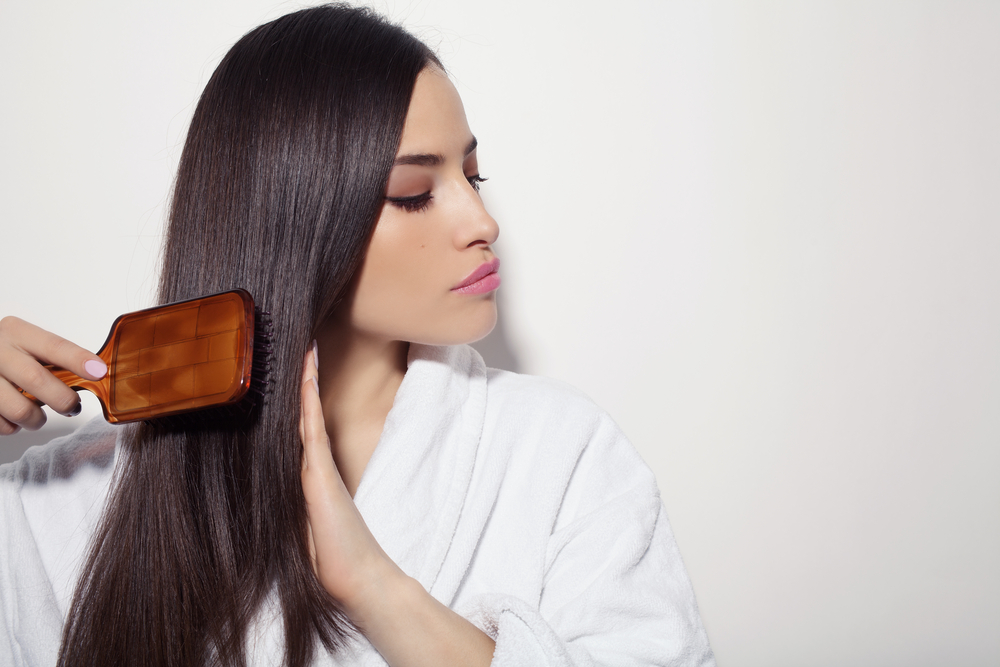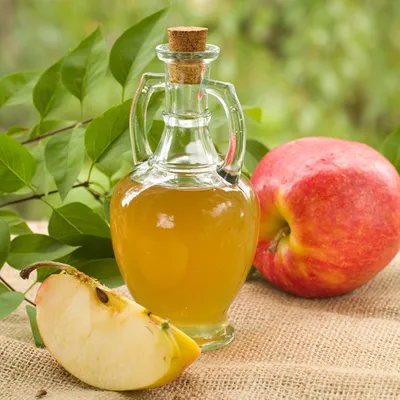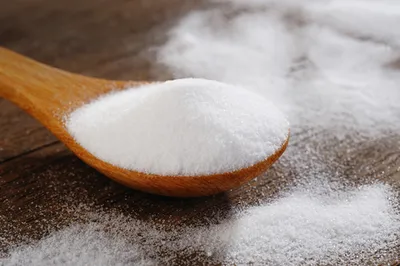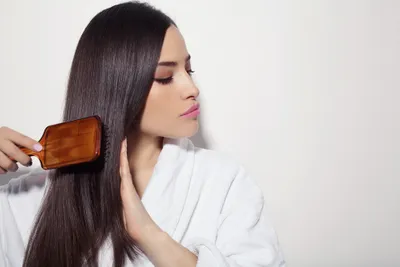There’s a growing concern about what we put in and on our bodies, and many people are looking for ways to reduce the amount of chemicals and artificial ingredients in their lives. Instead, they are turning to natural alternatives to replace everything from face wash, to toothpaste and even shampoo.
Traditional shampoos contain Sulfate and Paraben, two chemical substances with alleged negative impacts on both our health and that of the environment, as well as many other chemical ingredients. In response, many people are going back to basics and trying natural methods such as “No-Poo”, which involves decreased hair washing frequency and using natural solutions of baking soda and apple cider vinegar to clean the hair and scalp. If you’ve ever been curious, read on as we provide this detailed guide on how to switch from shampoo to No-Poo…
1. The Choice
People choose the No-Poo method for a number of reasons, among them are those who want to get away from the chemical ingredients in traditional shampoos as well as those who find their hair is dry, brittle and seems to produce a lot of oil. By washing our hair daily with shampoo we are stripping it of its natural oils (also known as sebum), which many experts say causes your scalp’s sebaceous oil glands to produce excess oil to compensate for the drying effects of shampoo.
By washing with a gentle alternative, the theory is that oil production will eventually regulate and the need to wash your hair will become less frequent. Eventually, you may find that water alone is enough to cleanse your hair. Results of making the switch range but from reading we’ve heard of people whose straight hair has more body and a natural wave, curly hair becoming shinier and more manageable and an overall feeling of better hair health.
2. Buying Ingredients
To use the No-Poo method you’ll need a few things; baking soda, apple cider vinegar, and containers for use and storage. Chances are you may have baking soda on hand already (don’t use the box that’s open in your fridge absorbing doors!) but if buying new baking soda, any brand will do. Don’t worry about looking for aluminum free as there’s only actually aluminum in baking powder, not soda.
For the apple cider vinegar, we recommend buying a high quality one like Bragg organic apple cider vinegar because you can also eat what you don’t use on your hair (you go through the cider slower than the baking soda.) You’ll also need 2 containers to store your solutions. We recommend one with a small opening (like an old lotion or shampoo bottle) or precise, squeeze type applicator and one that’s a spray bottle.
3. Mixing Your Solutions
Your baking soda solution will go in the small opening/squeeze type bottle. Getting the right ratios of water to soda differs for each person’s hair. Start by combining 1 cup of water with 1 tablespoon of baking soda in your container. If after a while you find this ratio to be too drying, decrease the baking soda to 2 teaspoons for ever cup of water. You can make double the solution if your container will hold it.
The cider vinegar mixture will go in the spray bottle. Mix 2 tablespoons of vinegar for every cup of water and store in the spray bottle. You can also add a few drops of your favourite essential oil to help mask the pungent vinegar smell (we really like ylang ylang.) Once these mixtures are made up, you’re ready to wash!
4. Cleansing
Similar to traditional washing, the No-Poo method involves two steps, cleansing and conditioning. For cleansing, you’ll be using the making soda mixture. In the shower, apply as much of the baking soda mixture as needed to saturate the roots.
Focus on the roots rather than the shafts of your and gently massage the mixture into your scalp and distribute evenly around your head. Focusing the baking soda mixture on the roots only helps to avoid a greasy feeling later on. After a little massaging, it’s ready to rinse out and move to step 2; conditioning.
5. Conditioning
For the second step of conditioning, you’ll be using the apple cider vinegar mixture. Cider vinegar is said to have natural cleansing and moisturizing properties and a cider rinse can be beneficial even for those who use regular shampoo.
To condition, apply the cider mixture to your hair, focusing on the hair shafts rather than the roots. We’ve recommended using a spray bottle for the most accurate application. Spray your hair enough to saturate the lengths, gently massage through like you did with the baking soda mixture and once complete, rinse your hair a final time.
6. Detangling
Without the use of traditional conditioners, some people can find their hair is difficult to comb through after using the No-Poo method. We’ve developed some tips to help in this situation. Firstly, use a ridged wide-tooth comb and start combing at your hair’s ends, working your way up rather than working down.
You can also try a special detangling brush (we use the Tangle Teezer and will never go back to a regular brush.) Alternatively, you can try waiting to comb until your hair has dried. Many experts say that you should refrain from brushing your hair while wet because it’s at its weakest then when the bonds are broken by water. Some experimentation with detangling should produce a method that works best for you.
7. Follow Through
You don’t have to necessarily go cold turkey when trying the No-Poo method. Some people choose to gradually work this method into their routine, still using traditional shampoo one or 2 times a week. Do whatever feels comfortable for you and see how long you can go between washes.
Don’t expect instant result when trying the No-Poo method. It can take a while (sometimes a couple of months) to ‘re-train’ your hair and have your natural oil production regulate. It often depends on your environment and how frequently you used shampoo previously. You may experience what feels like greasy hair at the beginning but this is part of the adjustment process. Don’t get discouraged though, and try to give the method a chance for at least 4 months before you decide whether or not No-Poo is for you.
8. Travel
One of the more difficult things we encountered about the No-Poo method was continuing use whilst traveling. If traveling by car, mixing up a travel batch is no problem but if flying with carry-on luggage only, you’re subject to liquid restrictions, not to mention the suspicion you may arise if you have a container of white powder in your suitcase.
Our best recommendations are to buy new baking soda and cider vinegar when you reach your destination if possible. If you can’t do this you can either pack your pre-mixed solutions in your checked luggage (just make sure you trust your containers won’t leak) and seal them in a plastic bag for extra protection. Alternatively, just use shampoo for the duration of your travel, but look for a gentle, plant based product, apply a small amount to roots only and stay away from using any commercial conditioner.











